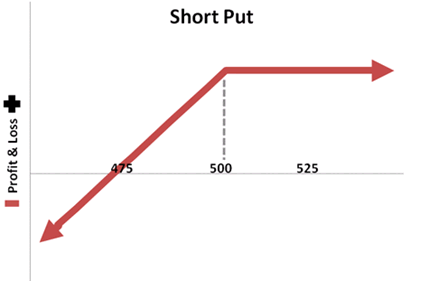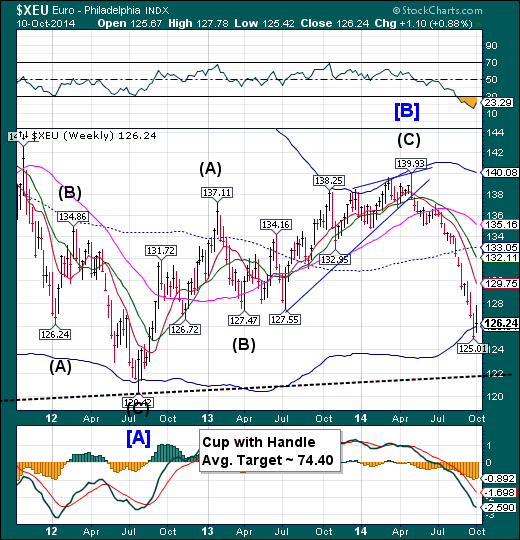How to Sell Put Options Investment U
Post on: 6 Июнь, 2015 No Comment

by Karim Rahemtulla Tuesday, November 30, 2010 Wisdom of Wealth
by Karim Rahemtulla. Investment U’s Options Expert
Tuesday, November 30, 2010: Issue #1397
Simple question: How do you invest?
Are you a straight stock buyer? Do you sell stocks short? What about options — do you mix in some covered call selling or LEAP-buying?
Over the past few weeks, I’ve run down the compelling benefits of another excellent options strategy, where you sell put options in order to buy the stocks you want at the price you choose and bank instant income in the process.
Many people are reluctant to employ put-selling in their trading, often because they simply misunderstand how to use the strategy most effectively, or they’re not using it properly at all.
Here’s how to do sell put options like a pro, ensuring that you get great stocks at great prices — and make money doing it, too.
How to Sell Put Options. and the Benefits of This Strategy
First of all, when you sell a put option. you:
So let’s see how this works in reality with the following example.
Select Your Stock. and Make Sure You Like It: Having researched Dell (Nasdaq: DELL ), you decide it’s a stock you’d like to own. (This is a crucial element in put-selling: Make sure the company is one you’d actually be fine with owning in case you’re obligated to buy the shares.)
Buy Lower: Dell shares are currently trading around $13.50, but instead of buying the stock outright today, you think you can buy it at a lower price in the future.
Pick Your Puts: The options chain for Dell shows the February 2011 $13 puts trading for $0.65. That means if you sell those puts, you’ll receive $65 for each contract you sell (there are 100 shares in each options contract). So if you sell 10 contracts (equivalent to 1,000 shares), you’ve:
So let’s run down the scenarios.
Your Options Expiration Scenarios
Once you’ve executed the put-sell trade. you just need to keep an eye on the movement of the shares, as you would do with any holding.

However, if you no longer wish to own the shares, you can get yourself out of the position before options expiration. You simply buy the put options back at whatever price they’re trading for at the time — known as a buy to close transaction. For example.
On the other side of the coin, you might be happy that you’re getting Dell shares put to you at $13 — even though the price is now $12. Why?
Because you entered the trade for the right reasons. That is, you weren’t simply chasing as much cash as possible from selling put options. with little regard for the consequences. Instead, you traded Dell and bought it for the longer-term.
And here’s how that scenario works out.
You’ve Been Put. But What’s Your Actual Cost?
Remember, you sold the original Dell February 2011 $13 puts for $0.65. Assuming you’re okay with owning the stock, you must buy it for $13 per share (since it closed below $13).
For 10 contracts (worth 1,000 shares), that’s a total of $13,000. But your actual cost is $12,350 ($13,000 minus the $650 from selling the put options ). If you sell Dell for $12 at this point, you’ll incur a $350 loss on the position.
Now that you own Dell, the trade is not over. Next time, I’ll show you how to extend the trade and put more money in your pocket.














